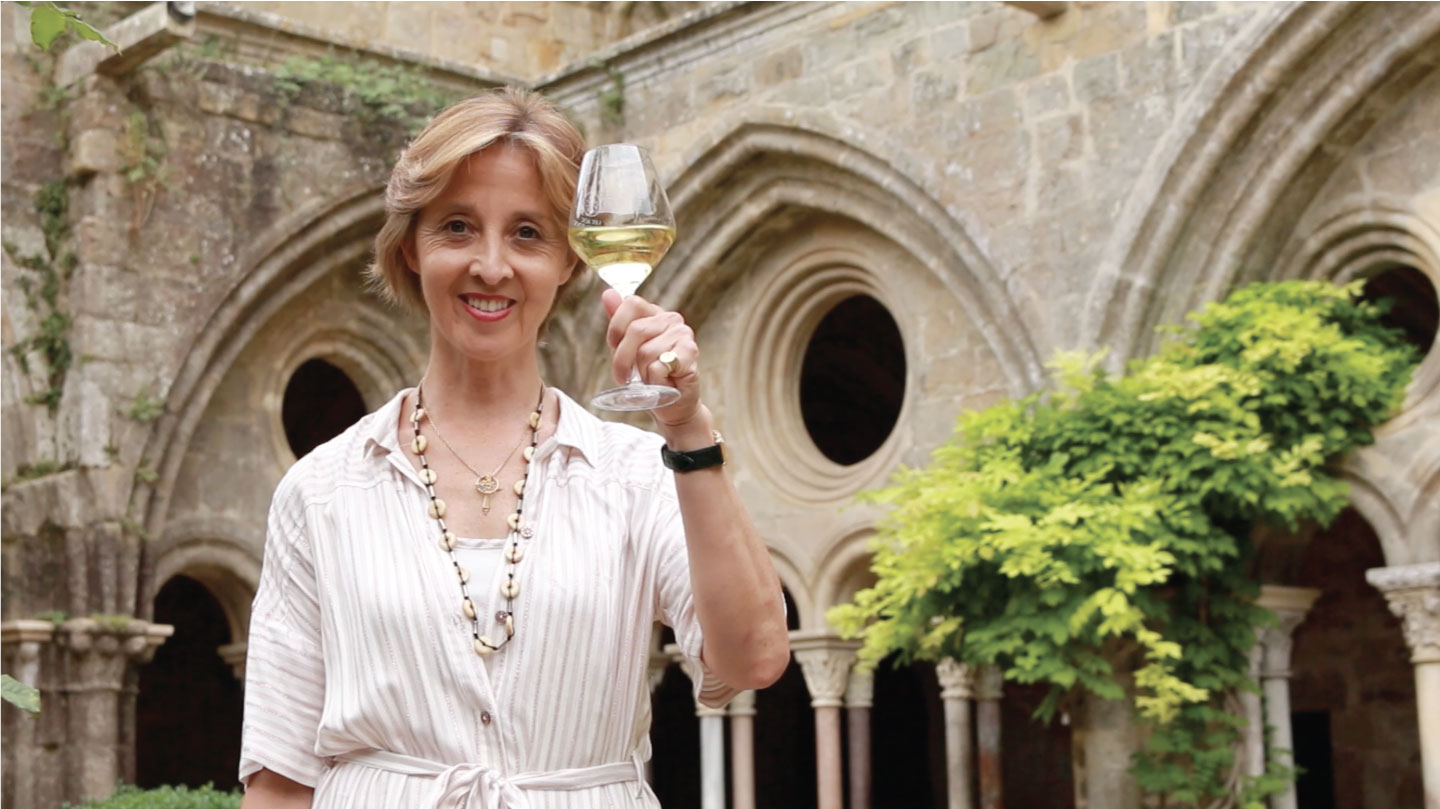Winemaking techniques
Harvesting begins before daybreak. The grapes arrive in the cellar at temperatures ranging from 10 to 15°C, to limit oxidation of the must and preserve the fruit. The Chardonnay and Rolle go straight-to-press with no crushing and then go on to ferment at low temperatures, which brings out the aromatic characters in the grape varieties and promotes the emergence of compounds that add fat and fullness to the wine.


Winemaking techniques
Rosé
The Grenache Noir grapes are picked at night well before daybreak when the temperature is below 15°C. Skin-contact maceration, conducted directly in the closed-cage press, lasts around 6 hours and aims to bring colour, but also density and roundness to the future wine. The resultant juice is cooled to 6°C and cold settled for between 24 and 36 hours. Yeast is then added to the clear juice so that fermentation can get off to a quick start, during which the temperature is kept at 16°C to enhance aromatic potential.
Winemaking techniques
Red winemaking by macerating destemmed, crushed grapes
In the semi-liquid phase (obtained by crushing the grapes), extraction of the phenolic compounds implies extremely precise skills with perfect temperature control and fine-tuned mechanical extraction processes, pumping over and / or rack-and-return to accurately control intensity.
The desired temperature is 26 to 30°C to promote extraction of the compounds occurring in the grape skins. The duration of vatting varies according to the plot and the year, but is determined on the basis of daily tastings, lasting an average 15 to 18 days.




